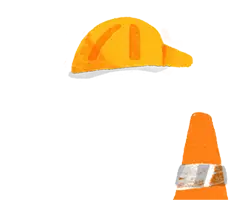Part 11General provisions
Powers
233Obligations of Labour Inspectors
In entering any premises under the authority of section 229(1)(a) or 229A or under the authority of a warrant issued under section 231, a Labour Inspector is bound by any existing reasonable safety and health procedures and requirements applying at the premises and, to the extent that such procedures or requirements reasonably limit or prohibit the entry of persons other than employees to particular parts of the premises, may not enter such parts.
Every Labour Inspector who enters any premises under the authority of section 229(1)(a) or 229A or under the authority of a warrant issued under section 231 must, on first entering those premises, and, if requested, at any subsequent time, produce to the employer or a representative of the employer that person's warrant under section 223(2) or the warrant issued under section 231, as the case may require.
Where a Labour Inspector enters any premises under the authority of section 229(1)(a) or 229A or under the authority of a warrant issued under section 231 and is unable, despite reasonable efforts, to find at those premises the employer or any representative of the employer, that Labour Inspector must, after the entry and inspection and before leaving those premises, leave at those premises a written notice addressed to the employer.
That written notice must state—
- the identity of the person who entered the premises; and
- the fact that the person is a Labour Inspector; and
- the date and time of the entry; and
- the reasons for the entry.
-
Repealed
Compare
- 1991 No 22 s 145
Notes
- Section 233(1): amended, on , by section 8 of the Regulatory Systems (Workforce) Amendment Act 2019 (2019 No 63).
- Section 233(2): amended, on , by section 8 of the Regulatory Systems (Workforce) Amendment Act 2019 (2019 No 63).
- Section 233(3): amended, on , by section 8 of the Regulatory Systems (Workforce) Amendment Act 2019 (2019 No 63).
- Section 233(5): repealed, on , by section 33 of the Employment Relations Amendment Act 2016 (2016 No 9).


